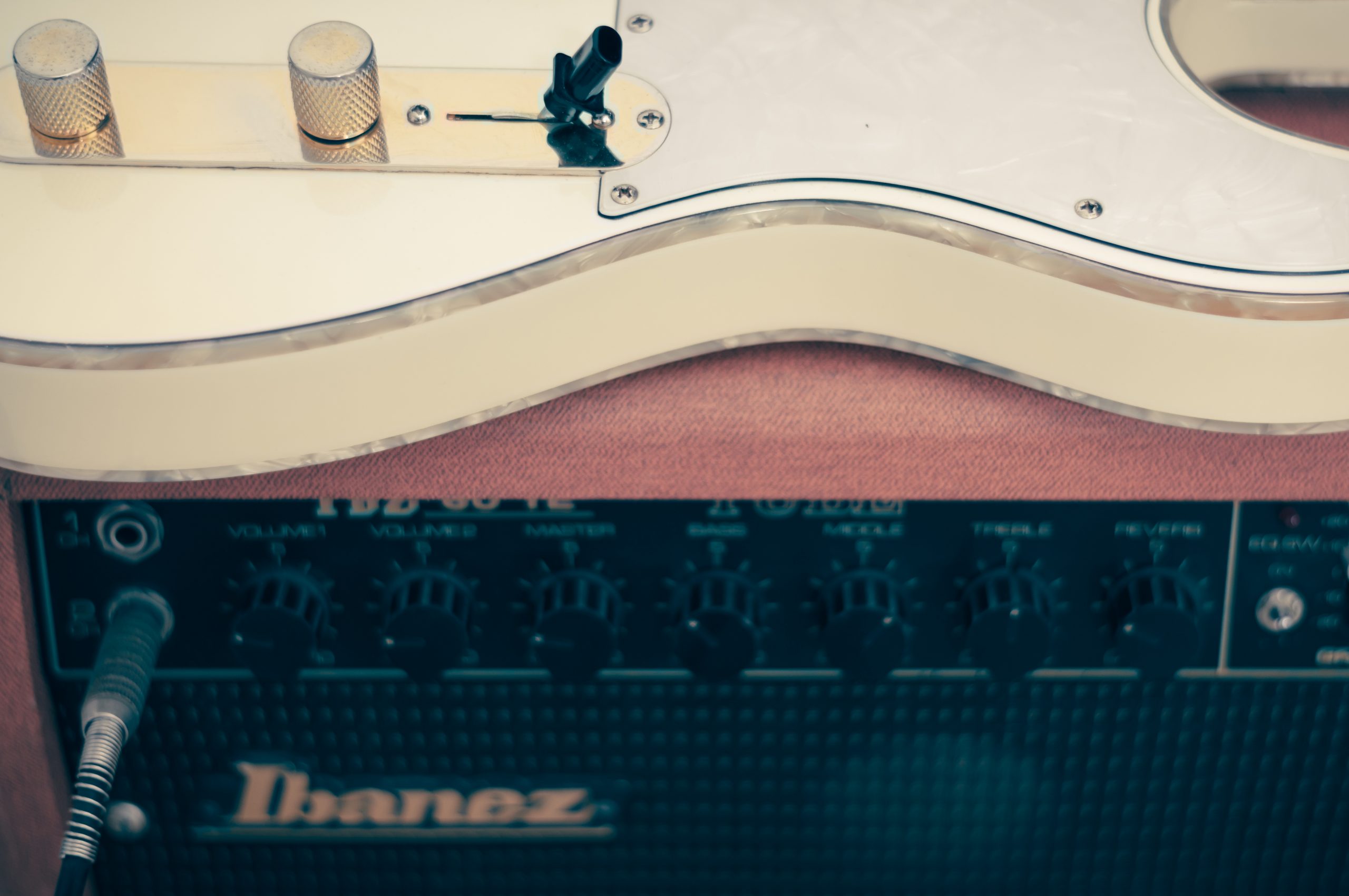A lot of musicians draw parallels between learning music and learning languages, and I would equate fluent improvisation skills to fluency skills in another language that isn’t your mother tongue. What I mean by pentatonic scale fluency is the ability to improvise meaningfully (like communicating in fully formed sentences) using the length and breadth of the fretboard. For most guitarists, learning the pentatonic scale, or at least one box of it, is much like a baby learning their first few words; they see they can achieve a lot with a handful of words, or in the case of pentatonic scales – a handful of notes. While a baby works towards full fluency over a number of years, guitarists tend to learn the famous ‘five boxes’ then get stuck in box one, possibly venturing either side of it, but never reaching pentatonic scale fluency.
Just as a baby doesn’t think to itself, ‘wow, I can get everything I need with just a handful of words, why learn more?’, guitarists should also be pushing themselves to become fluent with the pentatonic scale rather than conforming themselves to ‘enough knowledge to get by’. This is where Pentatonic Scale Fluency comes in.
Don’t get me wrong, I think it’s great that you can get up and running with your soloing just by learning one shape, usually in A Minor. It’s a great feeling the first time you solo over an ‘A Minor’ backing track, but it has to go deeper than this for full fluency to occur.
Why don’t the ‘five boxes’ lead to pentatonic scale fluency then?
There are a number of reasons the famous five boxes don’t really lead to any mastery of the pentatonic scale.
- The emphasis is on soloing, so whatever chords you’re wailing over are completely disregarded, which means most guitarists don’t actually know what chords you can play A Minor Pentatonic over.
- The famous five shapes hardly ever include the open positions (except perhaps for E Minor Pentatonic), which due to the nature of the guitar will be unique in every key.
- The famous five shapes are only every practiced in a handful of keys, albeit the most useful ones, but the big picture is incomplete.
- It is sometimes pointed out that the RELATIVE major and minor pentatonic scales have the same notes, but this should also be related to key signatures.
- Most players miss the subtle sounds you can get from a pentatonic scale because they think the only possibilities are the major or relative minor i.e. A Minor or C Major pentatonic only.
- The pentatonic scale is only practiced vertically on the fretboard.
In Scale Fluency – Pentatonics, we’re going to use those same five boxes, but you’re going to see them a whole new light and be able to use them as a powerful soloing tool. You’ll learn how to map pentatonic scales out both vertically and horizontally on the fretboard, what chords to use them over and why, as well as a developing a more melodic use of the scale as you break away from stock licks and runs. I think it will transform your playing, especially if the minor/major pentatonics are your go-to scales.
Check out the PDF version here.



